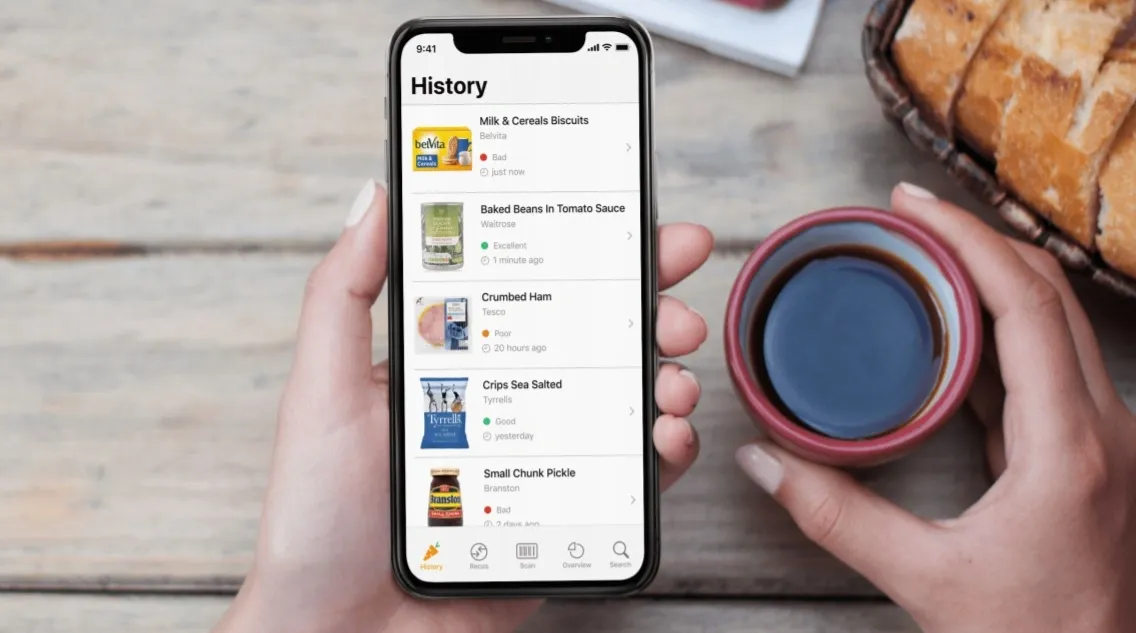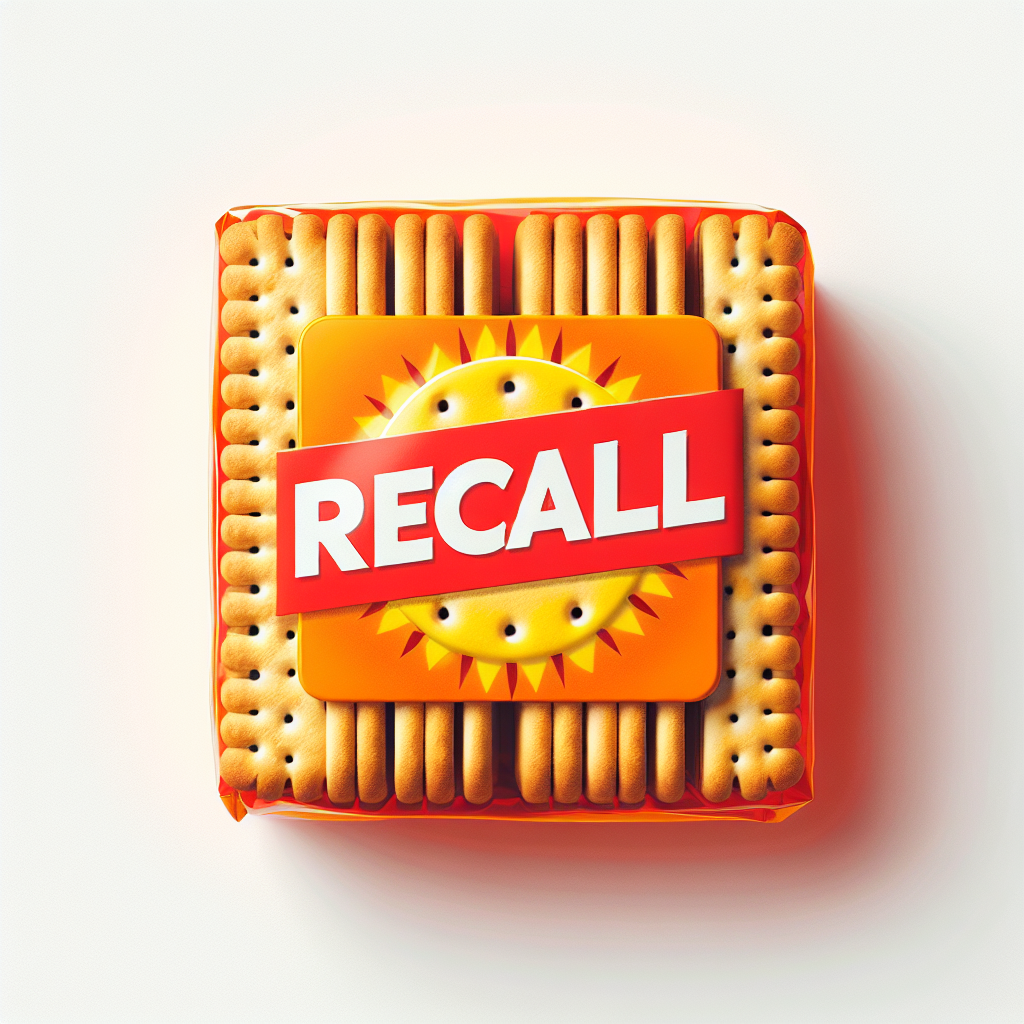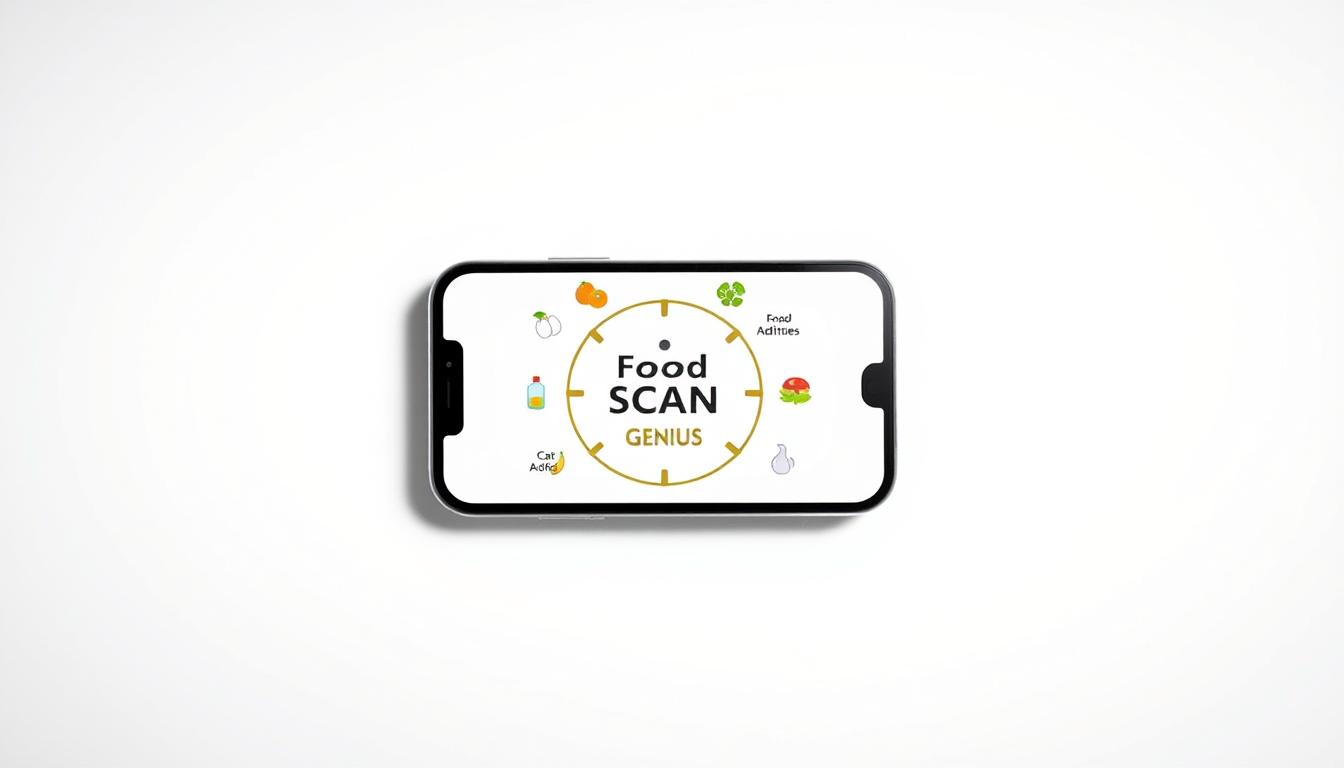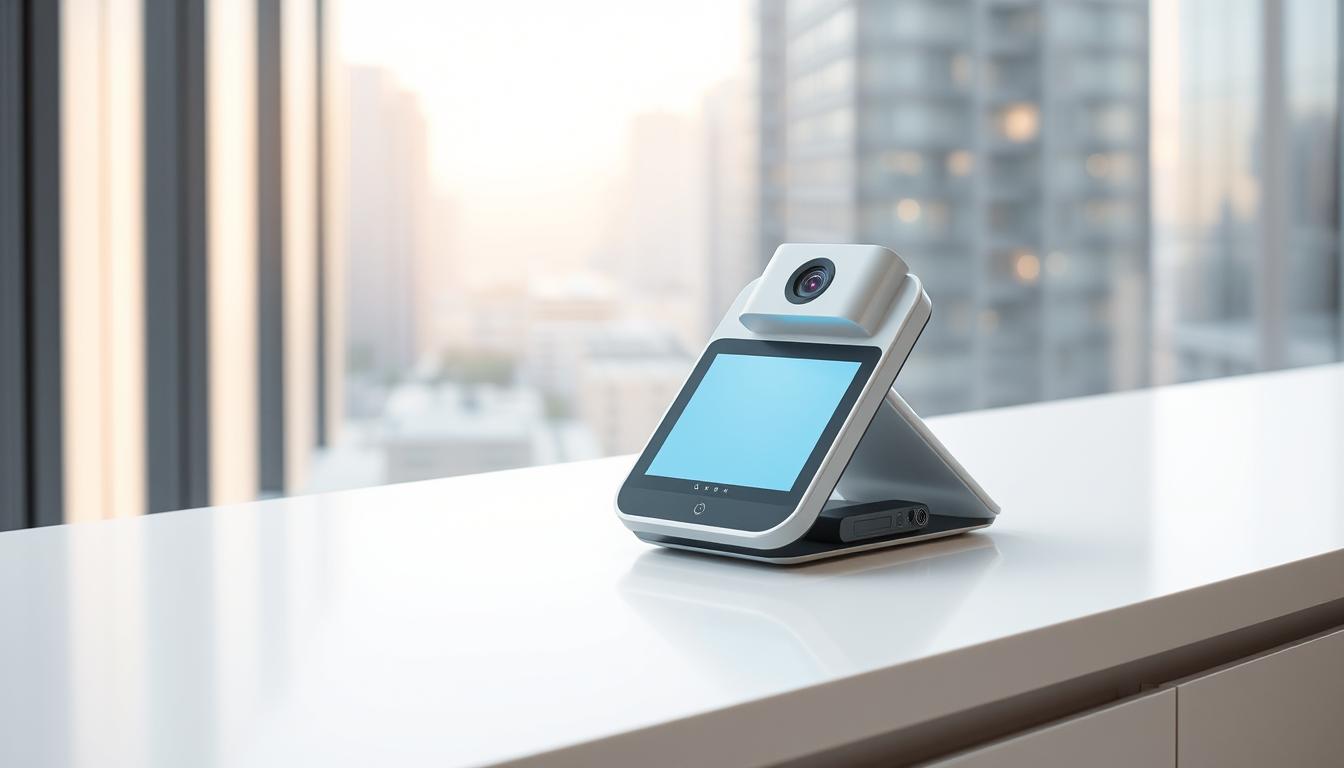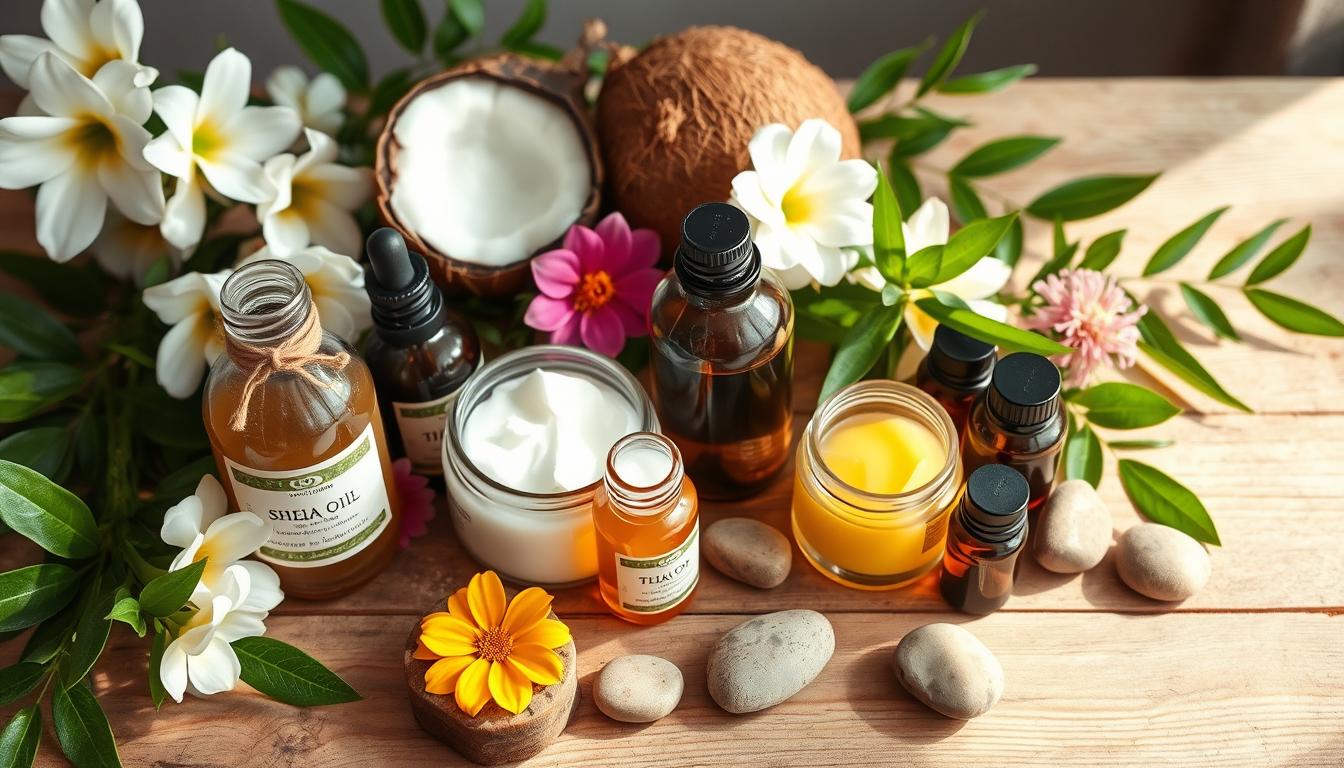What Is the Yuka App? An Honest Review from a Daily User The Yuka app has grown to over 55 million users worldwide and changed how people choose their food through simple barcode scanning. The app’s US expansion in 2022 brings about 25,000 new users each day, showing how much people want to know what’s in their food. This Yuka app review will help you find out why health-conscious shoppers love this tool. Users get instant color-coded ratings from 0-100 based on three factors: nutritional quality makes up 60% of the score, additives account for 30%, and organic certification contributes 10%. People often ask if the Yuka app is trustworthy. The app’s 100% independent business model adds to its credibility since it takes no money from food manufacturers. Yuka has some drawbacks you should know about. The app doesn’t let users filter for food sensitivities and dietary priorities. It also lacks the AI-powered features that some other apps provide. We’ll look at Yuka’s features, benefits, and limitations to help you decide if this free food scanning tool belongs on your phone. What is the Yuka App and Why Is It Gaining Popularity? Three French innovators—brothers Benoit and François Martin, together with their friend Julie Chapon—created the Yuka app in January 2017. The idea sparked during a “hackathon” competition when they wanted to solve the lack of food transparency [1]. Their goal was simple: build something that would tell people right away if products were healthy or not [2]. Origins in France and global expansion The app’s success in France exceeded all expectations. The founders thought they might get 10,000 users their first year. They ended up with one million instead [3]. This remarkable response showed people really wanted to know what was in their products. The app became so popular that one-third of French people now use it regularly [2]. Yuka’s global reach has grown dramatically. Users worldwide have reached 60 million across 12 countries [10,11]. The American market has been particularly exciting since the 2022 launch. About 25,000 new American users download the app each day [4]. Julie Chapon, one of the co-founders, reports between 300,000 and 500,000 new monthly U.S. sign-ups [3]. This makes America their fastest-growing market with nearly 600,000 new users monthly [1]. American users stand out from their European counterparts. While Europeans mainly scan food items, about 75% of U.S. users focus on checking cosmetics. European users only spend 25% of their time on beauty products [3]. Why health-conscious users are turning to Yuka The app makes complex nutrition data easy to understand. Users can scan barcodes with their phones and see instant health ratings, marked by the distinctive orange carrot icon [5]. Products get scores from 1-100 based on three factors: nutritional quality counts for 60%, additives for 30%, and organic status for 10% [4]. Health-conscious shoppers love this straightforward approach. A study of American users revealed impressive results: 92% bought fewer ultra-processed foods after starting to use Yuka [1]. The health benefits were clear too—94% of users reported feeling healthier since they began using the app [1]. Yuka’s trustworthiness comes from its strict independence policy. The app remains “100% independent” and never accepts money from brands or manufacturers to influence ratings [4]. Premium subscriptions costing $10-$20 yearly support the business instead. These subscriptions unlock extras like offline mode and searching products without barcodes [2]. Other apps like Food Scan Genius take different approaches. They offer features Yuka doesn’t have yet, such as food sensitivity filters, dietary priority settings, and AI-powered insights. The app’s influence extends beyond individual shopping habits. French manufacturers started changing their products as Yuka gained popularity. The number of additives in food products declined as Yuka grew in popularity [5]. The French supermarket chain Intermarché made significant changes by removing 142 controversial additives from 900 products [6]. How the Yuka App Works Image Source: Forbes Yuka scans and analyzes labels in the blink of an eye so you can learn at a glance which products are good for you and which ones you should avoid. — Yuka Team, Creators of the Yuka App The Yuka app is a simple yet powerful tool that turns complex product details into easy-to-understand insights. It uses barcode scanning and smart evaluation algorithms to give users quick health assessments that lead to better shopping choices. Scanning barcodes for instant product scores Yuka changes how people shop for groceries with its quick barcode scanning feature. Users just need to open the app and point their phone’s camera at a product’s barcode. The scan results appear in seconds [7]. The scanning technology comes from Scandit and works well even in bad lighting or with slightly blurry images [7]. The scanning experience stands out because it works on more than 20,000 different smartphone models [7]. This means almost anyone with a mobile device can use the app. Each scan shows the product’s health score, breaks down its ingredients, and suggests better options if the item scores poorly. The app’s database is strong with about 3 million food products and 2 million cosmetic items [2]. About 1,200 new products join the list every day [8]. Users can look up products manually if they can’t scan them, or check their previously scanned items in their history. Understanding the color-coded rating system After scanning, Yuka shows a score from 0 to 100 along with an easy-to-read color code [9]. The colors work like traffic lights: Dark Green (75-100): Excellent – healthiest choice Light Green (50-74): Good – healthy option Orange (25-49): Poor – some concerning elements Red (0-24): Bad – product should be avoided [7] This visual approach helps users quickly see how healthy a product is. Users can also read detailed information that explains the score [10]. This helps them learn about nutrition and ingredients as they shop. The app suggests better alternatives when it finds products with low scores [2]. Instead of just pointing out problems, it offers solutions. Breakdown of scoring: nutrition, additives, organic Yuka
Yuka App Review 2025: Its great… but for Food Allergies?
Yuka App Review 2025: The Complete Guide to This Popular Food Scanner This is a sequel to the full review of Yuka Food Scan Genius reviewed the world leader in Food Ingredient apps and helped understand the various features of the app that makes it the best app in the business. We lay out the features, talk about the database and how they have won the confidence of the various consumers who swear by them. Heck, even their corporate governance in running the company is impressive! Read the full review here. We would love to know what you think – so leave your comments at the bottom of these posts. Yuka for Food Allergies and Dietary Restrictions: Limitations and Alternatives While Yuka excels at providing general nutritional information and identifying potentially harmful additives, it falls short when it comes to serving users with specific food allergies and dietary restrictions. This section explores Yuka’s limitations in this crucial area and introduces Food Scan Genius as a specialized alternative that better addresses these needs. Yuka’s Approach to Allergen Detection and Dietary Preferences Yuka’s primary focus is on nutritional quality and additive risk assessment, which serves the general health-conscious consumer well. However, for those with food allergies or specific dietary requirements, the app has several significant limitations: First, Yuka’s allergen detection capabilities are basic at best. While it can identify major allergens listed prominently on packaging, it doesn’t detect trace amounts or potential cross-contamination risks that can be critical for those with severe allergies. For example, a product might receive a high Yuka score based on nutritional content, yet still contain trace amounts of allergens that could trigger a reaction in sensitive individuals. I tried using Yuka to manage my daughter’s severe nut allergy,” shares Maria, a mother of two. While it was helpful for general nutrition, I still had to manually check every label for ‘may contain traces’ warnings that Yuka didn’t flag. Second, Yuka’s dietary preference settings are limited. While you can set basic preferences, the app doesn’t offer comprehensive customization for multiple or complex dietary restrictions. This becomes problematic for users managing conditions like celiac disease alongside other allergies or those following specialized diets like FODMAP or autoimmune protocol diets. Third, Yuka only works with packaged products that have barcodes. This leaves users unable to check fresh produce, bulk foods, restaurant meals, or homemade dishes—a significant gap for those with allergies who need to verify all food sources. Finally, Yuka doesn’t provide alternative product suggestions specifically tailored to allergy needs. When a product receives a poor score, the alternatives suggested are based on nutritional quality rather than allergen-free status, leaving allergy sufferers to do additional research. Introducing Food Scan Genius: A Specialized Alternative for Dietary Restrictions For users with food allergies and specific dietary requirements, Food Scan Genius offers a more comprehensive solution. This specialized food allergy app was designed with ingredient-sensitive individuals as its primary focus, addressing many of Yuka’s limitations in this area. Food Scan Genius boasts a significantly larger product database with true worldwide coverage. While Yuka’s database is extensive in Europe and growing in North America, Food Scan Genius maintains comprehensive product information across global markets, making it particularly valuable for travelers with food allergies or those living in regions where Yuka’s coverage is limited. The most striking difference between the two apps is Food Scan Genius’s advanced AI capabilities. Unlike Yuka’s relatively straightforward scoring system, Food Scan Genius employs sophisticated deep learning algorithms that achieve approximately 80% accuracy in food item identification, even for non-packaged items. “Food Scan Genius has revolutionized the way I navigate the grocery store,” explains Yana, a consultant with multiple food sensitivities. With just a simple scan, I can determine if a product fits my dietary needs, even when I’m shopping internationally where packaging might be in unfamiliar languages. Feature Comparison: Yuka vs. Food Scan Genius for Allergy Sufferers When comparing these two food scanner apps specifically for allergy and dietary restriction management, several key differences emerge: Allergen Detection Capabilities Yuka’s allergen detection is limited to identifying major allergens listed in the main ingredient list. It doesn’t account for manufacturing processes or potential cross-contamination, which can be critical information for those with severe allergies. In contrast, Food Scan Genius offers complete allergen detection, including trace amounts. Its advanced scanning technology can identify potential allergen risks even when they’re not prominently displayed on packaging. For someone with a casein allergy, for instance, Food Scan Genius can flag milk derivatives that might be hidden under less obvious names or present in trace amounts. Customization for Dietary Needs Yuka offers basic preference settings but lacks the depth needed for complex dietary restrictions. Users can set general preferences, but the app doesn’t allow for detailed customization based on multiple conditions or varying sensitivity levels. Food Scan Genius provides comprehensive customization options with individual profiles for different dietary needs. Users can set multiple restrictions simultaneously and adjust sensitivity thresholds for different allergens. This is particularly valuable for families managing different allergies or individuals with multiple sensitivities. Beyond the Barcode: Scanning Capabilities One of Yuka’s most significant limitations is its reliance on barcodes. The app cannot assess fresh produce, bulk foods, or restaurant meals, leaving gaps in its usefulness for allergy sufferers who need to verify all food sources. Food Scan Genius breaks this barrier with its image recognition system. Users can simply snap a picture of non-packaged items, restaurant dishes, or homemade meals, and the app’s AI will analyze the visual information to identify potential allergens. While not 100% accurate, this feature provides a level of support that Yuka simply doesn’t offer. Being able to check non-packaged foods has been game-changing for managing my celiac disease,” notes Michael, a Food Scan Genius user. “I can take a photo of a restaurant dish and get an initial assessment of whether it might contain gluten, which gives me a starting point for questions to ask the server.” Interactive Features and Personalized Recommendations Yuka provides limited interaction with
Yuka App Review 2025: The Complete Guide to This Popular Food Scanner
Yuka App Review 2025: The Complete Guide to This Popular Food Scanner Have you ever stood in a grocery store aisle, staring at a product label and wondering what all those mysterious ingredients actually mean for your health? You’re not alone. In our increasingly health-conscious world, more people want transparency about what’s in their food and personal care products. This is where the Yuka app enters the picture. With over 60 million users worldwide, the Yuka app has transformed how people shop for food and cosmetics. But what exactly is this app, how reliable is it, and should you be using it? This comprehensive guide will answer all your questions about this popular food and cosmetic scanner. What is Yuka App? The Food Scanner Taking the World by Storm The Yuka app is a mobile application that allows you to scan the barcodes of food and cosmetic products to instantly receive information about their impact on your health. Launched in France in 2017, the app has quickly gained popularity across Europe and North America. When you scan a product using the Yuka app, it provides a color-coded rating (green for excellent, yellow for okay, orange for poor, and red for bad) along with a numerical score from 0 to 100. This simple system helps users make quick decisions while shopping without needing to decipher complex ingredient lists or nutritional tables. The Yuka app has gained over 60 million users worldwide who rely on it for making healthier food choices,” notes Julie Chapon, one of the app’s co-founders, in a recent interview. What sets Yuka apart from similar apps is its commitment to independence. The company proudly states that it doesn’t accept any advertising, sponsorship, or influence from food brands or manufacturers. This independence is central to their mission of providing unbiased product evaluations. The basic version of the Yuka app is free to download and use, with a premium subscription option that offers additional features like offline scanning and an unlimited history of scanned products. How Does Yuka App Work: A Step-by-Step Guide Understanding how does Yuka app work involves looking at its three-part scoring system for products. The app evaluates items based on three main criteria: Nutritional Quality (60% of the score): This assessment is based on the Nutri-Score system, which was developed by independent researchers and is supported by numerous scientific studies. It considers the product’s energy value, sugars, saturated fatty acids, sodium, fiber, proteins, and the percentage of fruits, vegetables, and nuts. Additives (30% of the score): Yuka evaluates the presence and risk level of additives like preservatives, colorings, and flavor enhancers. Each additive is classified as “risk-free,” “limited risk,” “moderate risk,” or “high risk” based on scientific research. Organic Dimension (10% of the score): Products receive bonus points if they are certified organic. For cosmetics, the scoring system is different, focusing on the risk level of each ingredient and whether the product contains allergens or controversial substances. The Yuka food scanner functionality works by analyzing the barcode of packaged products. When you scan a barcode, the app searches its database of over 4 million food products and 1 million cosmetics. If a product isn’t in the database, users can contribute by adding it. Let’s explore how does Yuka app work to help you make better food choices while shopping,” explains nutritionist Sarah Johnson. The app essentially translates complex nutritional information into an easy-to-understand format that anyone can use while shopping. The interface is intentionally simple: scan, view score, and make your decision. For those wanting more details, you can tap on the product to see a breakdown of the evaluation, including specific information about concerning ingredients. Is Yuka Accurate? We Tested 100+ Products to Find Out A common question among potential users is: is Yuka accurate when it comes to assessing food quality? To answer this, we need to look at both the methodology and the practical application of the app. The Yuka app bases its evaluations on established nutritional guidelines and scientific research on additives. The nutritional component uses the Nutri-Score system, which has been validated by multiple scientific studies and is officially recommended by health agencies in several countries, including France, Belgium, and Germany. To determine if is Yuka accurate, we tested over 100 common grocery products and compared the results with nutritional guidelines from registered dietitians. In about 85% of cases, the Yuka ratings aligned with professional nutritional assessments. The discrepancies typically occurred with products that have complex nutritional profiles that don’t fit neatly into standardized evaluation systems. Dr. Michael Rivera, a nutrition researcher, notes: “When considering is Yuka accurate, it’s important to understand the methodology behind its scoring system. While it’s generally reliable for identifying obviously unhealthy products, nutrition is highly individualized, and what’s ‘good’ or ‘bad’ can vary based on a person’s specific health needs.” The app’s accuracy also depends on its database. While Yuka has information on millions of products, its coverage varies by region. Users in the United States might find that some local or niche products aren’t yet in the system. It’s worth noting that Yuka is transparent about its evaluation methods. The app provides detailed explanations of how scores are calculated, allowing users to make informed decisions about how much weight to give the ratings. Pros and Cons of the Yuka App: An Honest Assessment Understanding the pros and cons of the Yuka app can help you decide if it’s the right tool for your needs. Let’s break down the advantages and limitations: Pros: Simplicity and Speed: The app provides instant, easy-to-understand information while shopping. Independence: Yuka doesn’t accept funding from food companies, reducing potential conflicts of interest. Educational Value: Beyond ratings, the app explains why certain ingredients are problematic, helping users learn about nutrition. Alternative Suggestions: When a product receives a poor rating, Yuka often suggests healthier alternatives. Comprehensive Database: With millions of products, the app covers most common items in major markets. The pros and cons of the Yuka app vary depending on your
‘Do not eat it!’ Urgent recall of popular biscuit that may cause abdominal pain, headaches and brain fog – GB News
Urgent biscuit recall alert! Popular snack may cause abdominal pain, headaches, and brain fog. Stay safe and get the latest details now.
Easily Identify Food Additives with This Handy Scanner App
Discover harmful ingredients instantly with a food additive scanner that decodes E-numbers and alerts you to potentially dangerous substances in your groceries and packaged foods
Discover the Best Way to Scan Food Ingredients
Learn how to scan food ingredients quickly and effectively to make healthier choices at the grocery store. Discover apps and tools that help you understand what’s in your food
Analyze Artificial Sweeteners Quickly with Our New Scanner
Discover hidden artificial sweeteners in your food with our innovative artificial sweetener scanner. Make informed choices about your diet and protect your health instantly
Natural Beauty Products: No Parabens Inside
Did you know 75% of personal care products have parabens? These synthetic preservatives are common in our beauty routines. But, their use might harm our health and the environment. As people learn more about parabens, they’re looking for natural, paraben-free beauty products. We’ll explore the world of no-paraben beauty. We’ll see why more people are choosing natural options for their skin and makeup. We’ll talk about parabens, the benefits of paraben-free products, and highlight leading clean beauty brands. Key Takeaways Parabens are synthetic preservatives found in a majority of personal care products Concerns about the potential health and environmental impacts of parabens have driven consumer demand for natural, paraben-free beauty products Natural beauty brands are offering innovative, effective formulas that avoid parabens and other synthetic ingredients Understanding the role of parabens and identifying paraben-free alternatives can help you make informed choices for your beauty routine The clean beauty movement is gaining momentum, with more and more consumers embracing natural, sustainable products Understanding Parabens: What You Need to Know Beauty and personal care products often use parabens, a topic of much debate. These preservatives have been in cosmetics for years but raise health concerns. Many now choose paraben-free products, chemical-free, and non-toxic cosmetics. Parabens are found in many products like shampoos, lotions, makeup, and deodorants. They prevent bacteria and mold, making products last longer. Yet, worries about their health effects have grown. Parabens have been found in breast cancer tumors, sparking fears about hormone disruption and cancer risk. Research suggests parabens might cause reproductive and developmental problems, especially in young people. Some people experience skin irritation and allergic reactions from parabens. Because of these concerns, many look for paraben-free products, chemical-free, and non-toxic cosmetics. This shift has led the beauty industry to offer safer options. The rise of the clean beauty movement has been a game-changer, empowering consumers to make more informed choices about the products they use on their skin and hair. Knowing about parabens and the push for safer products is key. It helps you make better choices for your beauty routine. By being informed, you can focus on your health while enjoying quality personal care products. The Rise of No Paraben Products in the Beauty Industry The beauty world is changing fast. More people want organic skincare, eco-friendly, and clean beauty items. Paraben-free products are leading this change. This is because people are learning about the dangers of these preservatives. Benefits of Choosing No Parabens Choosing paraben-free products has many advantages. These include: Less exposure to harmful chemicals Natural and gentle formulas Supporting sustainable and green practices Feeling safer and more confident in what you use Consumer Awareness and Demand The clean beauty trend is growing. This is because people are learning about parabens’ risks. They now look for organic skincare and eco-friendly products that are good for them and the planet. This demand has made the beauty industry offer more paraben-free options. This has led to new, natural products that meet the needs of careful consumers. The future of beauty is clean, sustainable, and transparent. Consumers are no longer willing to compromise their health for the sake of vanity.” The clean beauty movement is getting stronger. The beauty industry is set to change even more. It will offer more eco-friendly and organic skincare options. These will meet the growing need for safe, effective, and ethically-made products. Key Ingredients in Natural Beauty Products The demand for natural and organic skincare is growing fast. We’re excited to share with you the amazing ingredients replacing parabens in today’s beauty products. You’ll learn about plant-based preservatives and essential oils, nature’s own beauty solutions. Common Natural Alternatives to Parabens People are now looking for natural alternatives to parabens in beauty products. Some popular natural preservatives include: Glycerin: A gentle, plant-based humectant that keeps products fresh and skin hydrated. Vitamin E: A powerful antioxidant that protects against environmental stressors and preserves your skincare. Rosemary extract: This natural antiseptic has antimicrobial properties to prevent bacterial growth. The Role of Essential Oils Essential oils are becoming more popular in natural ingredients and organic skincare products. These concentrated plant extracts offer a soothing aroma and many benefits: Lavender oil: Calms and soothes the skin, with natural antibacterial qualities. Tea tree oil: A potent vegan product with antifungal and antiseptic effects. Frankincense oil: Known for its skin-rejuvenating and anti-aging benefits. By using nature’s power, we can make natural ingredients and organic skincare products that are effective yet gentle and sustainable. Let’s embrace the beauty of vegan products and rediscover the joy of caring for our skin with nature’s solutions. Natural Ingredient Function Benefit Glycerin Humectant Keeps products fresh and skin hydrated Vitamin E Antioxidant Protects against environmental stressors Rosemary Extract Antimicrobial Prevents bacterial growth Lavender Oil Calming, Antibacterial Soothes the skin Tea Tree Oil Antifungal, Antiseptic Potent natural disinfectant Frankincense Oil Skin-rejuvenating, Anti-aging Revives and renews the skin Embracing nature’s own beauty solutions is the key to achieving radiant, healthy skin. Popular Brands Leading the No Parabens Movement In the world of clean beauty, many brands are fighting against parabens. They focus on making non-toxic cosmetics and setting new standards. These standards include being effective, transparent, and cruelty-free. Brand A: Commitment to Clean Beauty Tata Harper is a top name in clean beauty. They make skincare products without parabens or harmful chemicals. Their products, like creams and serums, are made from natural ingredients. This appeals to those who want a holistic beauty routine. Brand B: Innovative No Paraben Formulations RMS Beauty, started by makeup artist Rose-Marie Swift, changed the game. They offer non-toxic cosmetics for today’s health-aware shoppers. Their products, both makeup and skincare, are paraben-free. They also use organic ingredients to boost skin glow. Brand C: Transparency in Ingredients Herbivore Botanicals, from Seattle, is known for its honesty and eco-friendly ways. Their cruelty-free skincare products avoid parabens and synthetic stuff. They aim for natural results while caring for the user and the planet. “We believe that beauty shouldn’t come at the cost of our health



